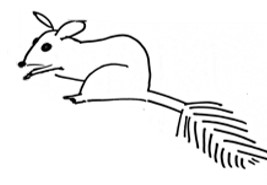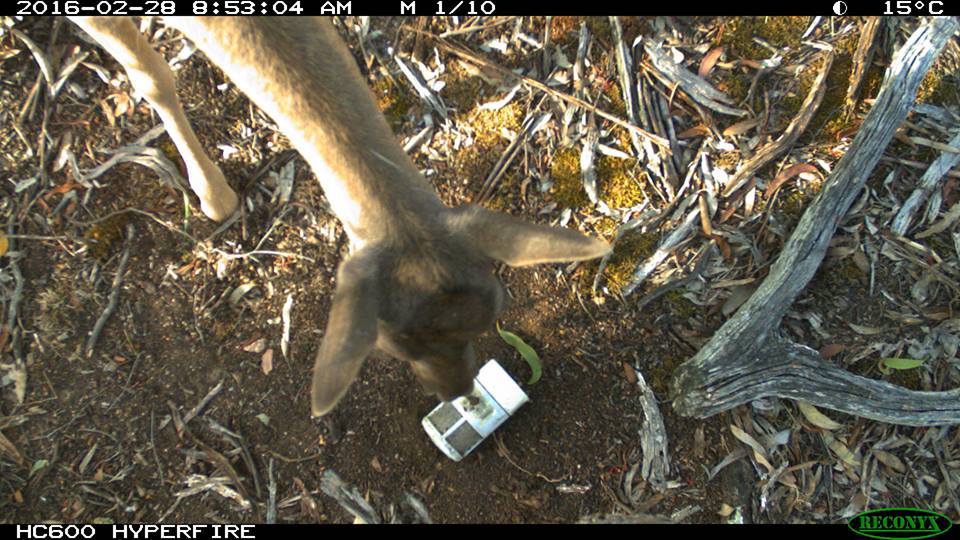Fun with Phascogales – Jess Lawton’s Talk
Posted on 9 November, 2017 by Asha
At their recent AGM, Newstead Landcare invited Jess Lawton along to talk about her research on Brush-tailed phascogales (Phascogale tapoatafa). She shared some facts above about this special species, along with some interesting results from her PhD research with Andrew Bennett from La Trobe University. Jess used camera traps and habitat surveys to gather information on the habitat requirements for phascogales across central Victoria. Fifty of these sites were in the Mount Alexander region at some of Connecting Country’s nest box sites.
Jess set up two cameras at each site, pointing towards the ground where she set up a small bait station. She collected these again after 40 days, and found she had a total of 69,611 photos to go through! These included 488 phascogale records in the Mount Alexander region. One brown treecreeper also had some fun with a camera and took 952 selfies (CLICK HERE for GIF)!
Taking into account site factors such as the amount of native forest in an area, elevation, productivity, predators, tree species, number of large trees, structural complexity, logs, and leaf litter, Jess found that phascogales were present at 82% of sites. Interestingly, she found that the amount of native forest in an area was not a big influence over whether phascogales were present at a site or not. However, this could have been due to the time of year data was collected, when males may have been using sub-optimal habitat during breeding season.
The two biggest habitat factors that Jess found influenced phascogale detection were tree species (box versus gum) and leaf litter. Sites with more box species and/or more leaf litter had more phascogale records. This is probably because these provide habitat for invertebrates, which are a critical food source for phascogales.
Jess finished with some tips for landholders who wish to help with phascogale conservation:
- Protect existing hollows and put up nest boxes.
- Keep it messy – leaf litter, logs, and tree stumps and all important for phascogales.
- Help reduce predator pressure by keeping pets inside at night and walking them on a lead.
- Care for your local bush by getting involved with your local Landcare or Friends group.
Thank you Jess and Newstead Landcare for an interesting and engaging talk. Here are some pictures Jess provided from her camera traps – well worth a look!
Phascogale Facts!
I am a small nocturnal marsupial.
I am threatened species.
My range in Victoria has contracted.
My home range area is 40-100 hectares (40-50 hectares for females and 100 hectares for males).
I rely on large tree hollows with small entrances for nesting and breeding, and will use several hollows within my range.
Females of my species give birth to eight young each year. Once weaned, the litter will weigh three times the weight of the mother.
I belong to the Dasyurid family and feed mainly on invertebrates, such as insects, spiders and centipedes.


















Leave a Reply